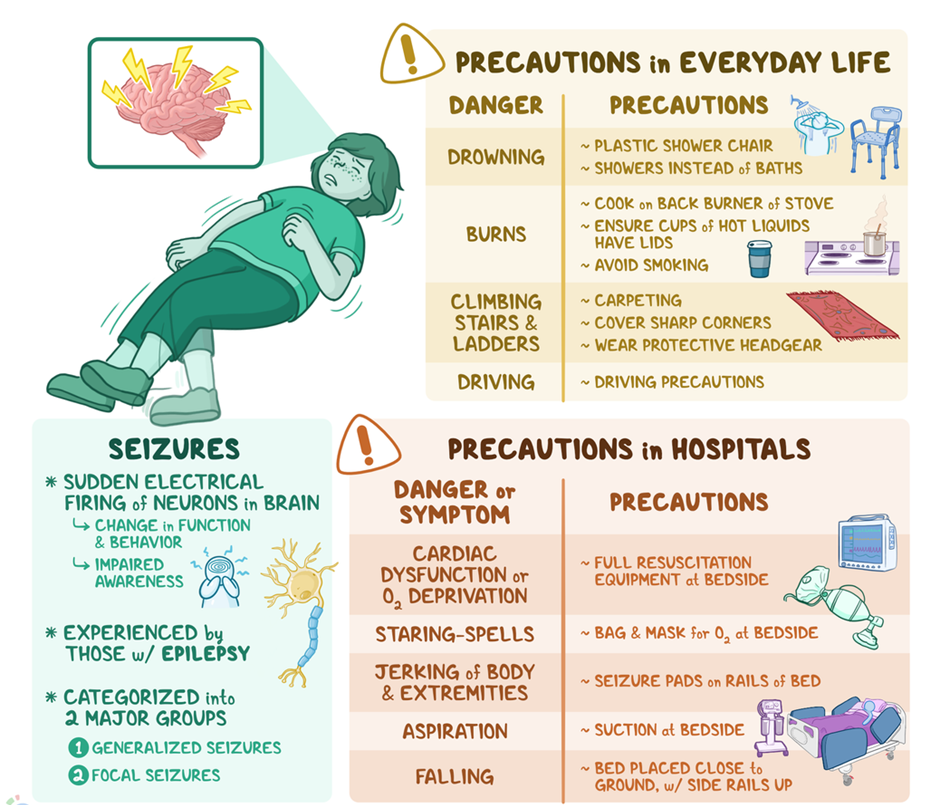A nurse is assisting in the plan of care for a client who has thrombocytopenia. Which of the following actions should the nurse include in the plan?
Check the client for ecchymosis.
Initiate protective isolation for the client.
Administer ibuprofen for mild headache.
Instruct the client to shave with a disposable razor.
The Correct Answer is A
Choice A Reason:
Checking the client for ecchymosis is appropriate. Thrombocytopenia increases the risk of bleeding and bruising, so monitoring for ecchymosis (bruising) is essential to detect any signs of bleeding. Ecchymosis can occur more easily in individuals with low platelet counts.
Choice B Reason:
Initiating protective isolation for the client is typically unnecessary solely due to thrombocytopenia. Protective isolation is generally for clients with conditions that compromise their immune system or make them more susceptible to infections.
Choice C Reason:
Administering ibuprofen for a mild headache might not be advisable in someone with thrombocytopenia because ibuprofen can affect platelet function and potentially increase the risk of bleeding.
Choice D Reason:
Instructing the client to shave with a disposable razor isn't recommended because using a sharp blade can increase the risk of cuts and bleeding in someone with a low platelet count. Using an electric razor or avoiding shaving might be safer options to prevent injury and bleeding.
Nursing Test Bank
Naxlex Comprehensive Predictor Exams
Related Questions
Correct Answer is A
Explanation
Choice A Reason:
Suction equipment is recommended. This is a crucial supply to have at hand. During or after a seizure, the client might have excessive secretions or vomit, which could potentially obstruct their airway. Suction equipment helps clear the airway and maintain breathing, making it an essential item to have bedside.
Choice B Reason:
Padded tongue blades is incorrect. The use of padded tongue blades during a seizure is not recommended. Placing anything inside the mouth during a seizure could cause injury or pose a risk of choking. Keeping the airway clear and ensuring the client's safety is more important than attempting to manipulate the tongue.
Choice C Reason:
Backboard is incorrect.Backboards are typically used for spinal immobilization in cases of suspected spinal injury, not specifically for seizure management. Unless there's a concurrent injury or trauma, a backboard wouldn't be routinely necessary for a client having a seizure.
Choice D Reason:
Wrist restraints is incorrect. Restraints are generally not used for managing seizures. Using restraints during a seizure could potentially cause harm, restrict movement, and increase the risk of injury to the client. Restraints are not considered appropriate or safe for managing seizures.

Correct Answer is C
Explanation
"You will not become fatigued when you use assistive devices. “This statement might provide an unrealistic expectation. While assistive devices can help, they might still require physical effort and could potentially cause fatigue, especially during initial use or extended periods.
Choice B Reason:
"Plan to hire a home care aid to perform all of your ADLs." This statement is not appropriate.
While home care assistance can be beneficial, aiming to have someone perform all ADLs might limit the client's independence and ability to regain skills. The goal is often to support the client in performing ADLs independently whenever possible.
Choice C Reason:
"Install grab bars in your shower to assist with your balance." This statement is true. Installing grab bars in the shower can significantly enhance safety and stability during activities like showering, reducing the risk of falls for someone who might experience balance or mobility challenges following a CVA.
Choice D Reason:
"Place a towel in the shower to prevent slipping." This statement is inappropriate. While placing a towel might offer some traction, it might not provide sufficient stability or support, especially for someone with balance issues post-CVA. Grab bars offer more reliable support to prevent falls in the shower.
Whether you are a student looking to ace your exams or a practicing nurse seeking to enhance your expertise , our nursing education contents will empower you with the confidence and competence to make a difference in the lives of patients and become a respected leader in the healthcare field.
Visit Naxlex, invest in your future and unlock endless possibilities with our unparalleled nursing education contents today
Report Wrong Answer on the Current Question
Do you disagree with the answer? If yes, what is your expected answer? Explain.
Kindly be descriptive with the issue you are facing.
